Belgian food as haute cuisine – Café Belge
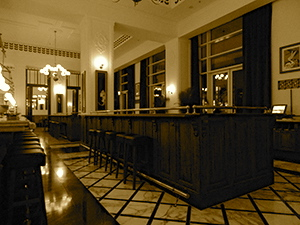 Café Belge is the new 1920s-style art deco ‘Belgian grand café’ at the Ritz-Carlton DIFC replacing the all-day dining restaurant Can Can (and launched with considerable fanfare last month). This strikes me as a slightly tricky concept to pull off in Dubai. Those of us familiar with Belgian food (I spent several years of my childhood living near Brussels) like to rhapsodise about ‘Dutch portions with French quality’. However, most people encounter the cuisine as the slightly dispiriting accompaniment to expensive Belgian beer served at Belgian beer chains that care more about the theatre of serving your beer in the correct glass than whether your food is adequately prepared. So trying to convince Dubai that it’s worth dropping AED285 on dover sole a l’ostendaise in Art Deco surrounds that are elegant to the point of being austere may require something of a leap of faith – but it’s a leap that, for the most part, is worth taking.
Café Belge is the new 1920s-style art deco ‘Belgian grand café’ at the Ritz-Carlton DIFC replacing the all-day dining restaurant Can Can (and launched with considerable fanfare last month). This strikes me as a slightly tricky concept to pull off in Dubai. Those of us familiar with Belgian food (I spent several years of my childhood living near Brussels) like to rhapsodise about ‘Dutch portions with French quality’. However, most people encounter the cuisine as the slightly dispiriting accompaniment to expensive Belgian beer served at Belgian beer chains that care more about the theatre of serving your beer in the correct glass than whether your food is adequately prepared. So trying to convince Dubai that it’s worth dropping AED285 on dover sole a l’ostendaise in Art Deco surrounds that are elegant to the point of being austere may require something of a leap of faith – but it’s a leap that, for the most part, is worth taking.
As appetisers our party of two chose the salad liègoise and the oxtail cromesquis. I’d made this warm salad of potatoes, green beans, bacon, and vinaigrette dressing earlier in the week – so was interested in seeing how the restaurant version compared. Café Belge’s was excellent (with beef bacon – no pork licence here), but it was also cold. A salad liègoise should, traditionally, be warm. On the other hand, a salad liègoise, while a fairly flexible recipe, isn’t usually served with raspberries on the side, either; so it could well be that the temperature was intentional. The waiter wasn’t sure, but said he would raise the point with the chef. The oxtail cromesquis were oxtail croquettes in a potato and white truffle emulsion; an excellent dish with the rich and creamy sauce perfectly matched to the croquettes.
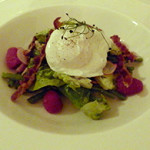

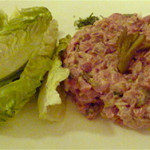

For mains, we went straight to two Belgian cuisine classics – filet américain and moules-frites. Filet américain is the Belgian version of steak tartare, though typically more seasoned, and served with frites (Belgian chips). It was excellent, with the meat finely chopped rather than minced – though the chilli seemed to be unevenly mixed with the meat; some mouthfuls were noticeably hotter than others. My companion had the mussels, choosing the champagne cream from the three sauce options. This too was top notch, with the rich and creamy but not heavy sauce, like many Belgian dishes (this isn’t health food) – a wonderful match for the mussels. The really good news is that the frites were superb. It’s perhaps difficult to explain to people who’ve never lived in Belgium just how important it is to get the frites right, but they’re a national food passion. At Café Belge they’re the right size, the right crisp exterior but fluffy interior texture, and – crucially – served with mayonnaise, as tradition demands. A dessert of Ardennes sugar pie with yogurt ice cream and berry coulis was overshadowed by the mains, but was tasty enough as a light closing dish. And yes, there are plenty of traditional Belgian beers to choose from, with five available as a less-expensive draught option (though Stella Artois maybe doesn’t count).
What you’re getting at Café Belge isn’t wholly traditional Belgian cuisine, but rather a specific vision of Belgian cuisine as fine dining. So traditional shrimp croquettes are replaced by oxtail croquettes served in a white truffle sauce; mussels are served with champagne cream; the salad liègoise is served cold (assuming this was intentional) and with raspberries; traditional rustic dishes like carbonade flamande (a beef and beer stew) haven’t made the menu. Once this basic fact is grasped, the menu suddenly makes sense – you understand why Café Belge has decided to serve lobster but not carbonade flamande – and the food we had was for the most part excellent in both presentation and taste. But there’s potentially a conceptual gap between what some people may be expecting from a Belgian restaurant, and what Café Belge is actually serving. This is especially true given the prices Café Belge charges, which are by no means unfair for a fine dining restaurant, but which are possibly higher than what most people are expecting for Belgian food. Starters are mostly in the AED45-75 range; mains start at AED115, and reach AED325 for the seafood platter. Dinner for two, without drinks and with a couple of the less-expensive mains, was AED425. That could easily be pushed to over AED700 for food alone without much effort.
Service was highly attentive. Initially it was slightly too attentive; we had to ask two waiters to give us time to settle down and look at the menu after we first sat down. Later, a waiter tried to remove my beer before I’d finished. However, in a restaurant that’s been open for less than a month, these were forgivable lapses that can be ironed out in time. Otherwise, the service was strong. My query about the temperature of the salad was handled with professionalism, and questions about which beers to try with specific menu items were answered confidently.
Slightly more worrying for the long term was how empty Café Belge was. Granted, we were there on a quiet night of the week; granted, our booking was early by Dubai standards; and granted there seemed to be several tables seated outside. But this is a fairly large restaurant with separate drinks and seafood bar areas, neither of which had a single seated customer over the two hours we were there. Only four inside tables were occupied during our meal, one of these a table for one. I associate Brussels Art Deco with copper-toned warmth and humanity, but when near-empty, the austere white tones of Café Belge are more reminiscent of a Stanley Kubrick film set. This is a shame; it’s a restaurant that deserves to succeed on the basis of what it’s trying to do – and I hope it does succeed – but it badly needs to bring in more customers to bring some human warmth to the interior design. Here’s to a three out of five FooDiva knife rating.
What do you expect from a Belgian restaurant?
Until next time,
The Man in the White Hat.
So who’s our new undercover guest reviewer? The Man in the White Hat has an abiding interest in both history and food; his holidays tend to combine an intriguing local cuisine with a UNESCO World Heritage site, and he’s eaten his way across some 50 countries in Europe, Asia, Africa, North and South America, and Australasia. He currently lives in Dubai, where he edits a couple of academic publications.
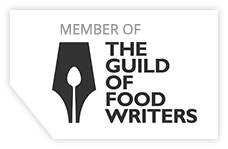














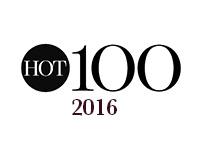
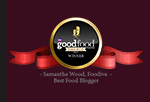
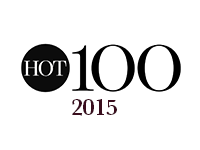








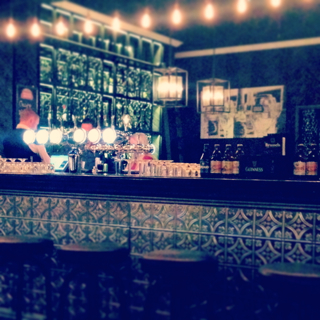
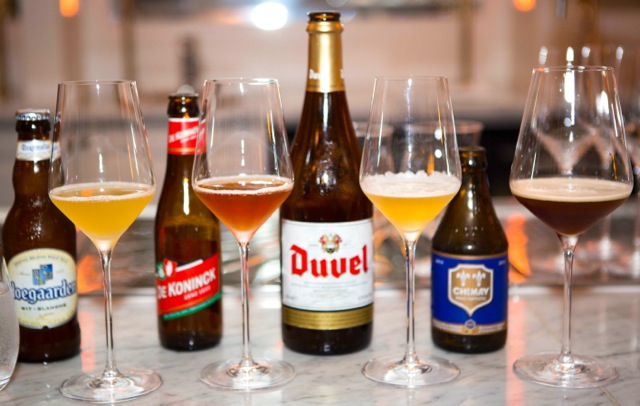
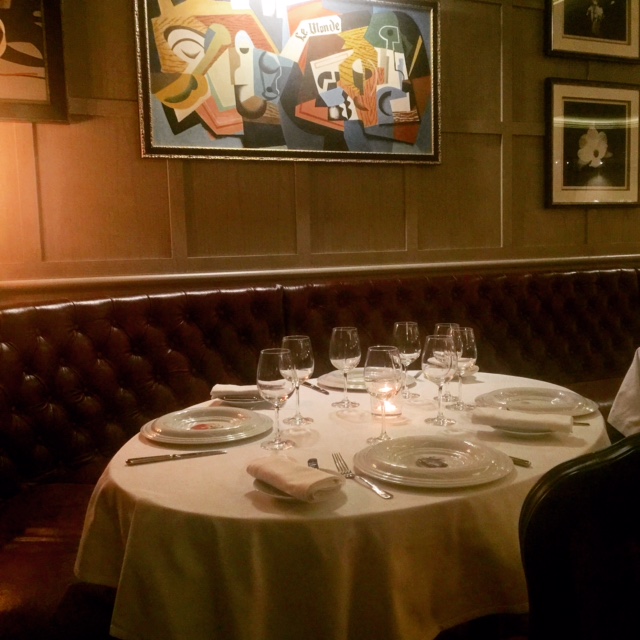
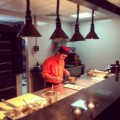


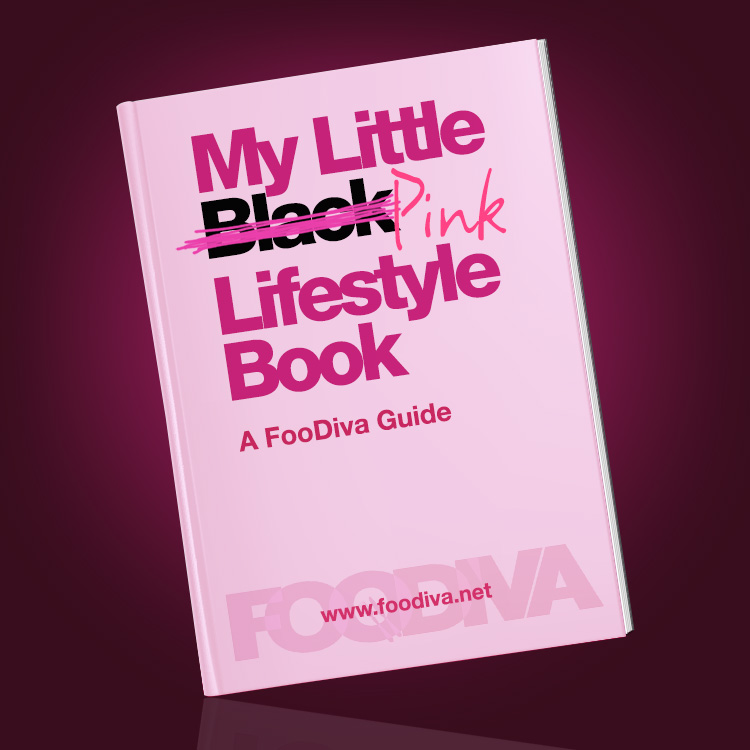


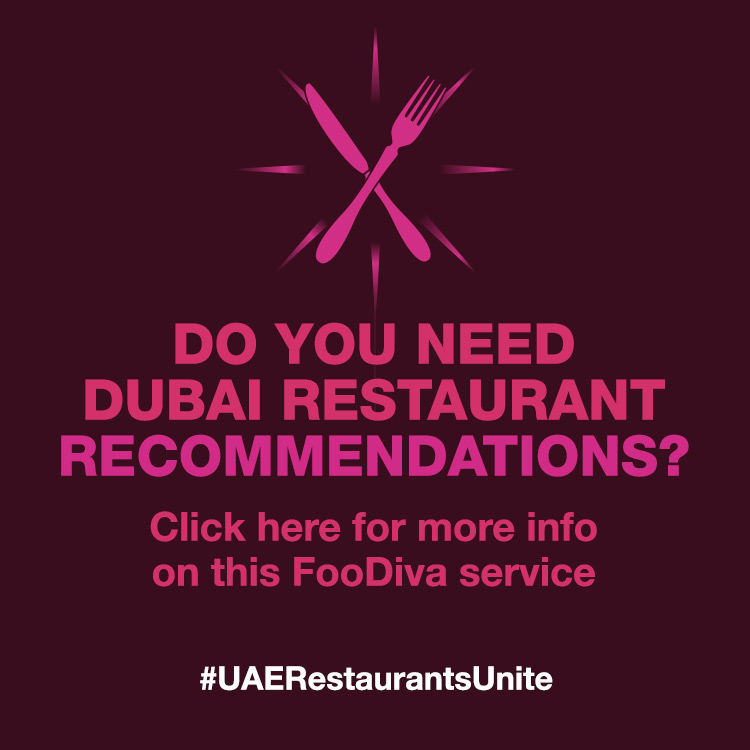



Great review by the Man in the White Hat – his holiday combinations sound right up my street! I think he’s spot on about the perceptions of Belgian food by customers and there is a huge leap of expectation from the moules/frites/Belgian monk kind of fare to this sort of fine dining.
Thanks, Sally.
At the risk of repeating myself, I do think this is going to be a slightly tricky one to pull off – especially since Dubai already has several competitors catering to the non-fine dining “I want to go out for a casual Belgian beer” market. If your primary interest is just going out for a Trappist ale on a Thursday night, I’m not sure Café Belge and the Ritz-Carlton are going to be top of the list (though, given the separate bar area, you could just go to Café Belge just for a beer). I’d certainly encourage people to give the restaurant a try, but they badly need to both create some awareness of what they’re trying to do, and bring in some more customers to create a bit more of a buzz. So it’s encouraging in that sense to see that they’re going to be at Taste of Dubai; I hope FooDiva readers going to the latter will give them a try.
Excellent review, with just the right combination of background information and details of the meal. I think the only thing missing was a discussion of the origin of French fries…
I’m working to a 1000 word limit!
But, since you asked… the Belgian version of the origin of frites – and we should never call them ‘French’ fries in the context of a Belgian restaurant – would hold that the first known written reference to the frying of cut potatoes is a 1781 manuscript titled “Curiosites de la table dans les Pays-Bas Belges” (apologies to French speakers for leaving out accents), which notes that “the inhabitants of Namur, the Ardennes, and Dinant…” (so southern, French-speaking, Belgium) “…cut wedges of potatoes in the shape of little fish and fry them … If I remember well this practice dates back over at least one hundred years”. The Belgians would also claim that the earliest recorded European recipes for the potato were written by Lancelot de Casteau – who was from what’s now Belgium – in c.1604.
Belgians would also insist that there’s a core difference between the modern ‘French fry’ and the Belgian frite. The former is typically cut fairly thin and long. A Belgian frite is traditionally a thicker and shorter beast; it’s also traditionally fried twice and served with mayonnaise.
In contrast, my Larousse Gastronomique resolutely refuses to ascribe a Belgian origin to what it insists on claiming for France and calling ‘Pont-neuf potatoes’ – which it also recommends should be cut to Belgian dimensions and fried twice.
Spaniards might also reasonably dispute a Belgian origin for the concept of a fried potato since the potato is a South American vegetable, and reached modern Belgium when the latter formed part of the trans-Atlantic Spanish Empire.
Oooooh love the sound of the food, but that is perhaps because i live in Brussels and have my fair dose of frites. And yes, i ascribe to all the comments about them above. Belgian frites are by far superior to french fries especially with dollops of home-made mayonnaise. But belgian cuisine has a long way to go in terms of marketing. Even living here, i do sometimes get the question from newcomers to brussels, asking me what the cuisine is all about.
The man in the white hat, aside from the fact that champagne sauced mussels could only be pulled off in dubai (love the sound of it btw), you do realise that march is not mussel season. As such, am curious to know how those moules fared? Big enough? Where were they from?
Looking fwd to your next review.
Mrs Bubbly
That’s an excellent question, Mrs Bubbly. You’re absolutely right that mussels aren’t in season in Europe this time of year, and it didn’t occur to me to ask where these mussels were sourced from, which was a minor lapse on my part. I think Dubai residents sometimes risk becoming slightly disconnected from the seasonality of ingredients living in a city where so much has to be imported anyway. However, the quality of the mussels was good, suggesting they’d come from somewhere where mussels are indeed currently in season. I’m going to Taste of Dubai this coming weekend, so I’ll try and find out where the Café Belge mussels come from; and I’ll report back if I do find out.
Hello The Man in the White Hat. Hmmm…Your name sounds intriguing…with a name like that you could have just easily walked out of a Dr. Seuss novel as an Alexander Mackendrick picture…Hmmm…and more…Hmmm…I shall be on the look out for that hat (your writing says Panama, but anything’s possible…). I am glad that this place has opened…I am always on the look out for my next sugar fix, and this place sounds interesting, if only for the waffles (the rest of the dessert menu has a whiff of the usual suspects about it – not that waffles are the most inventive dessert). When Can Can first opened, I was performing high-kicks in anticipation of what should have been a really good patisserie (Ritz-Carlton sounds so regal, so money, money…). But alas, all my exercise was in vain 😉 and it proved to be such a bore. This place sounds like a great improvement. I enjoyed your review – it is not often that I read the entire article. I am so lazy that usually a scan of about 5 keywords is all that my brain can muster. I look forward to your future posts! Nice one!
When I first read about Foodiva looking for food reviewers, I was almost tempted, but I fear I’m a bit too naughty, too rough around the edges for this kind of civilized discussion so decided to continue lurking in the shadows…Foodevil would have made for a great pseudonym…though…moohahahahahaha 😉
Thanks for the kind words, OB.
As to the hat, I’m unlikely to wear it while out reviewing 😉
The answer to the question is fairly simple: A Belgian restaurant located 4000 miles from Belgium is unlikely to succeed in a Ritz Carlton Hotel, unless the restaurant is driven by a global Belgian celebrity chef (of which there are none left i believe).
This restaurant would be a bigger hit in areas such as Madinat Soukh or in the area where Zuma and its friends are located in DIFC. I will pay a visit nonetheless but by the sounds of it, whoever designed the menu has been trying too hard to follow the typical Dubai standards of charging through the nose for food that is not authentic. In any case, i wish them well and i hope they can prove me wrong.
If you do pay it a visit, KT, I’d be interested in seeing what you think.
I do know that the Cafe Belge menu was set up by a Belgian chef (the waiters told me as much when I asked); however, as is common in Dubai, he returned home after the kitchen was up and running. Otherwise, ‘authenticity’ is a tricky concept here given what the restaurant is trying to do. Is it an ‘authentic’ dish for dish recreation of a traditional everyday Brussels restaurant menu? No; clearly not. But does it offer fine dining reinterpretations of several traditional Belgian classics? Yes; and I think the menu needs to be seen from that perspective.